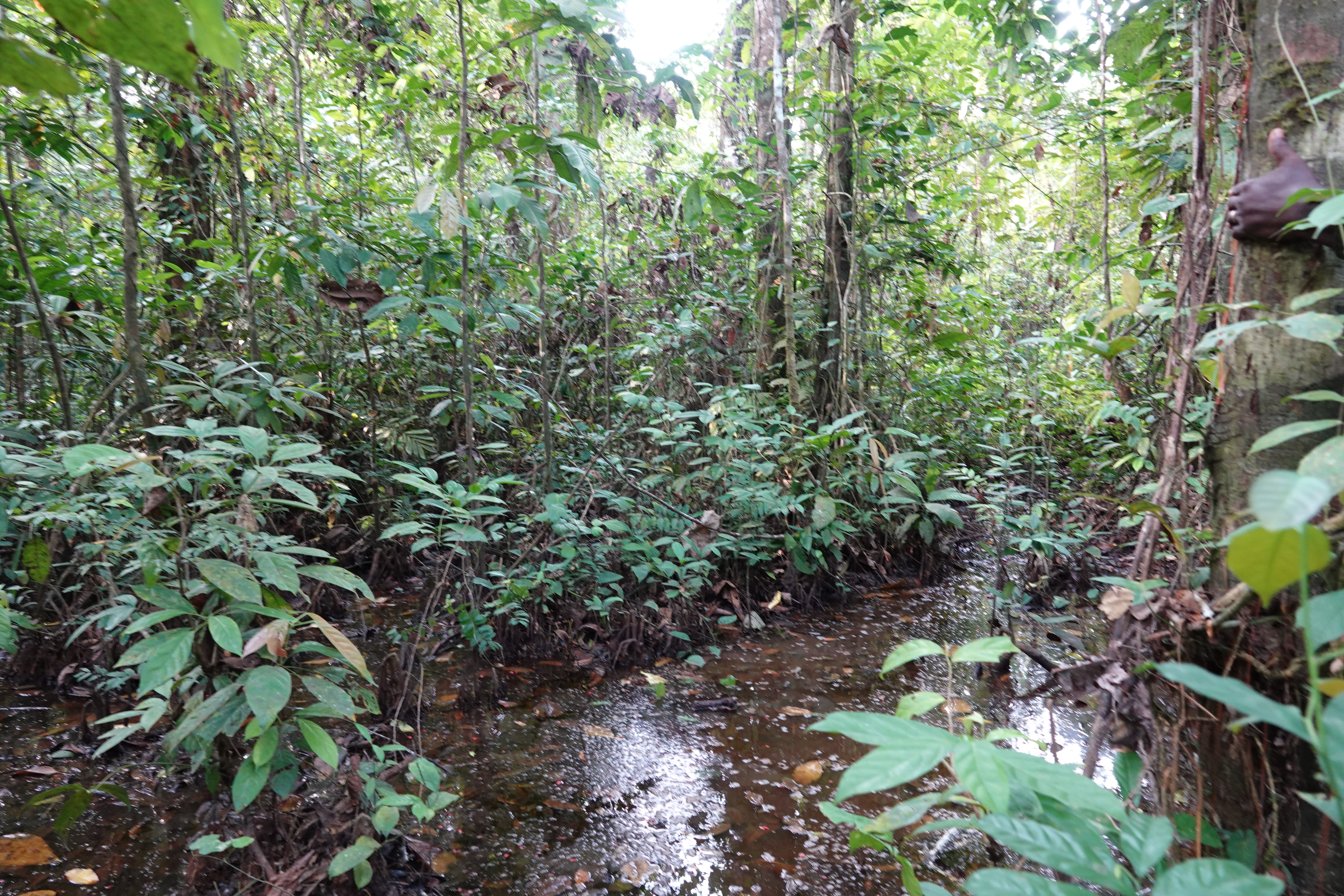- Territorial governance improvment
- Bénéficiaire ACB-CI - Action pour la Conservation de la Biodiversité en Côte d'Ivoire
- Montant du projet 34 380 €
- Subventions FFEM 29 807 €
-
État du projet en cours
The project is part of a community conservation process that began more than 10 years ago in the Voluntary Nature Reserve of the Tanoé Ehy Marshes (RNVMTE) in southeastern Côte d’Ivoire, on the border with Ghana. The Marais Tanoé-Ehy Forest (FMTE) is the first protected area managed by communities united within a federation under a law adopted in 2002, opening up the management of natural resources to legal entities and individuals. The FMTE is bordered by 11 villages with approximately 12,000 inhabitants. The coordinates of the FMTE are 5’05 and 5’15 north latitude, 2’45’ and 5’53 west longitude. One of the major challenges in conserving the biodiversity of this forest is the ability of communities to manage this protected area in an effective and inclusive manner. However, young people and especially women are underrepresented in the forest’s governance system. In fact, out of the three Inter-Village Management Associations (AIVG), the NGO notes that only 16.67% of women are involved in decision-making bodies across all villages. As for young people, there are no young people under the age of 35 involved in these associations, even though formal youth associations (for people aged between 18 and 35) exist in nine of the 11 villages involved in the project. These AIVGs are composed at the sub-prefecture level of Village Conservation and Development Associations (ACVD), present in all 11 villages, where village-level offices are no exception to the low participation of women and young people. However, young people are key players in the illegal exploitation of wood for construction materials and have been involved in poaching activities for the past 10 years. Women, for their part, are involved in the bushmeat trade, either as intermediaries in this informal value chain or as bushmeat restaurant owners. It is therefore necessary to further include these social groups for integrated conservation and better management of the RNVMTE.
